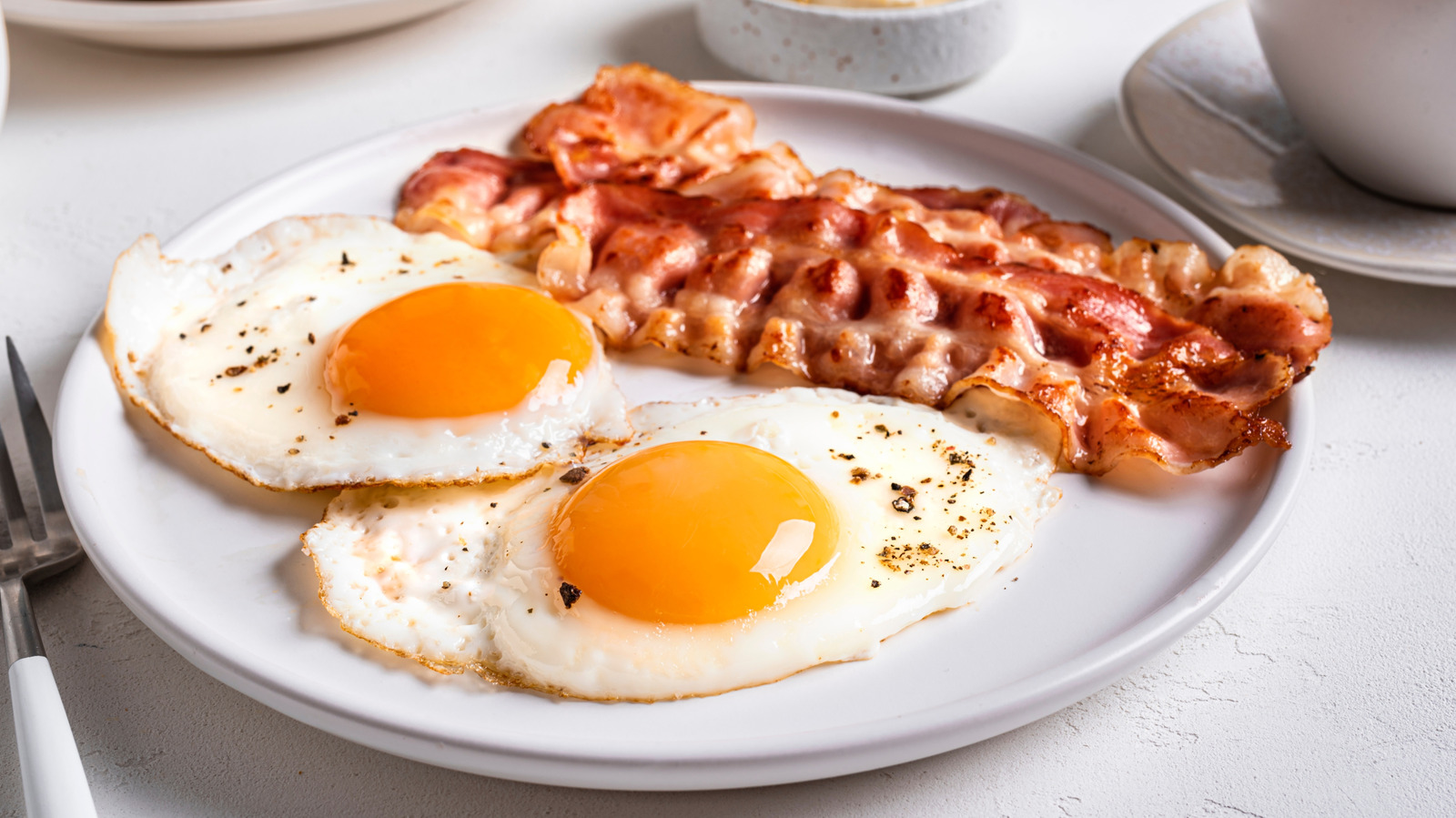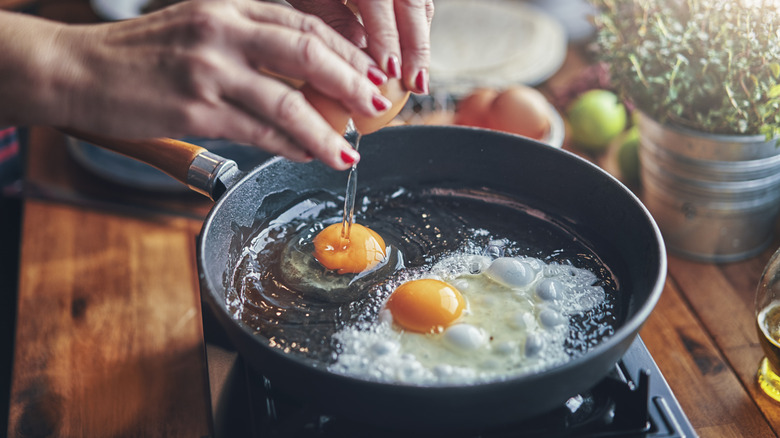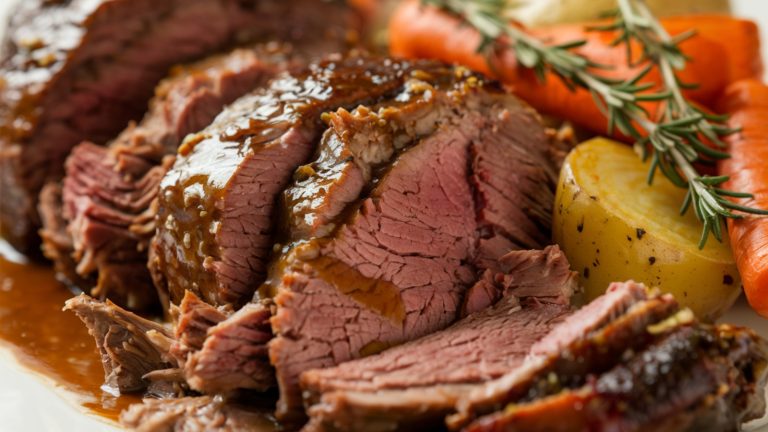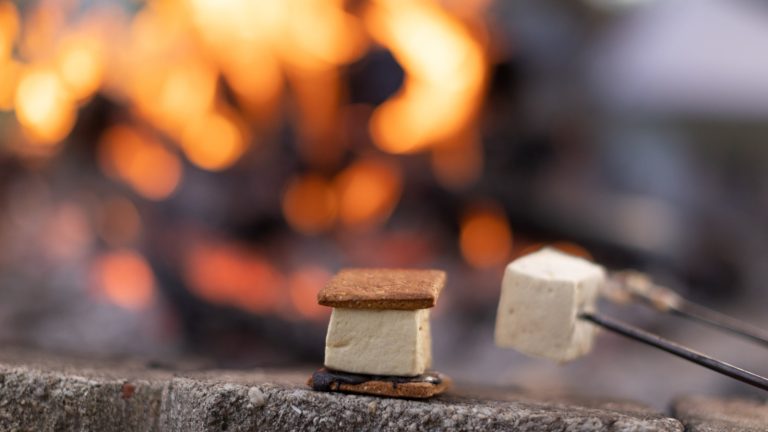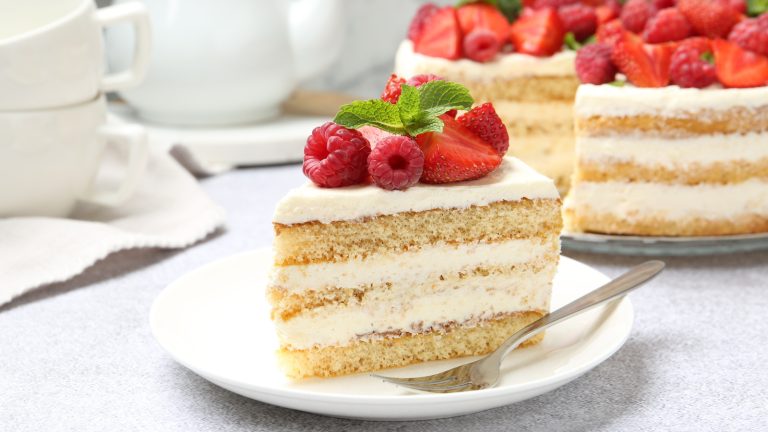Whether you’re making eggs for breakfast or using them to create a satisfying dinner, knowing all the tips and tricks of perfect eggs will set you up for success (this goes for both scrambled and fried eggs). While there are plenty of known methods to make the perfect scramble, we wanted to find how to get the best fried eggs each and every time. To do so, we spoke to Marissa Stevens, recipe developer and food blogger at Pinch and Swirl. The expert explained that one common mistake many people make is starting off with a cold pan.
“Cold pans don’t give the egg any structure when it hits the surface,” Stevens said. “The whites spread too far, and you don’t get that clean edge or gentle set — it ends up loose and rubbery instead of tender.” In addition to spreading, this can also cause eggs to stick to the bottom of your cooking surface. Instead of cracking your eggs into a cold pan, Stevens recommends one trick that can make all the difference. “You’re better off preheating the pan, even for a minute or two, and doing a quick butter test before adding the egg.” To perform the butter test, take a small pad of cold butter and add it to your warm pan. If it begins to melt right away, your pan has reached the ideal cooking temperature.
How to tell when your pan is ready to go
For perfect fried eggs, the temperature of your cooking surface needs to be just right. While too cold a pan can cause stickiness and spreading, too hot a pan can quickly burn your eggs. When preheating, do it slowly so that the heat gets evenly distributed. You can start at a lower temperature setting and gently increase it to medium over about two minutes. To know you’re on the right track, you can use your ears to help. “You’re listening for a gentle sizzle, not a crackle,” Marissa Stevens said. “The egg white should start to set within a couple of seconds of hitting the pan, but not bubble aggressively.”
The expert also urged the importance of looking for cues that your eggs are being cooked correctly. “Visually, the edges should turn opaque while the center stays glossy — if it’s doing that evenly across the pan, you’re in good shape,” Stevens said. Now, when it comes to the fated egg flip, that really depends on what doneness you’re going for. “For over-easy, wait until the white is fully set before flipping,” Stevens recommended. If you’re making over-medium eggs, you’ll want them to cook for a minute or two after you flip so that the yolk is slightly set, while over-hard eggs need even more time for a fully cooked yolk. For sunny-side up eggs, the expert advised “lower[ing] the heat a bit after the first 20 to 30 seconds and [letting] it finish slowly.” Once your fried eggs are properly cooked, top them on everything from avocado toast to Pinch and Swirl’s tasty Sweet Potato Hash.


